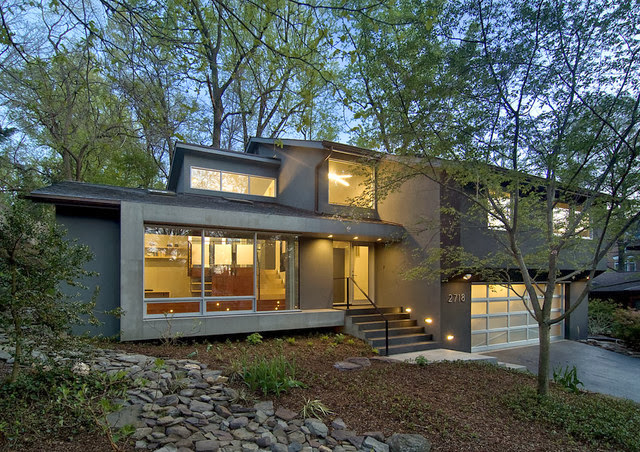I think it’s time I finally admit that I was well versed on the different style of houses until last Tuesday night. I mean, I knew what a single family home was and a town house but when people started to throw around more technical terms like raised ranch, I glazed over. In design school, I wasn’t taught the specifics on various types of houses but in my current night school class, things were explained. I decided I wanted to brush up on my technical skills, so I enrolled at Mohawk College in a course called Construction Practices. Just two weeks in and I already gained some take home knowledge that I can apply.
I will give you examples of the various types of houses so that when you are among your peers, you will appear knowledgeable and well informed. Aren’t you lucky? You get all the good stuff without the commitment. 🙂
Bungalow
– Single main floor
– Otherwise know as a “ranch”
– Best for individuals who would like to avoid stairs in their home
– More expensive to build due to the expansive roof and foundation requirements
 |
| via |
Raised Ranch
– Exterior typically has one level with the lower level windows exposed
– Typically, very little decoration/ornamentation on the exterior
– Very common post war style home
 |
| via |
Two-Story
– Extremely common style of home
– Two levels, stacked on top of each other
– Most economical to build
– Best for families
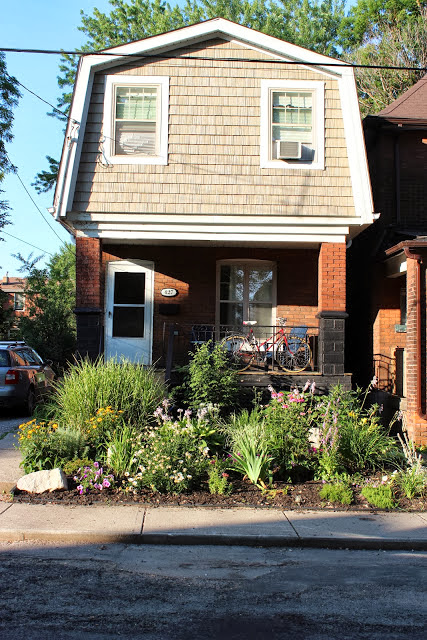 |
| My house is a two story home. |
Split-Levels
– Often the front half of the house is bungalow, but then splits off to either the front or the back
– Back split is when the main floor level splits from front to back
– Side split is when the main floor splits from side to side
– Typically, these houses have short sets of stairs and often “sunken” rooms
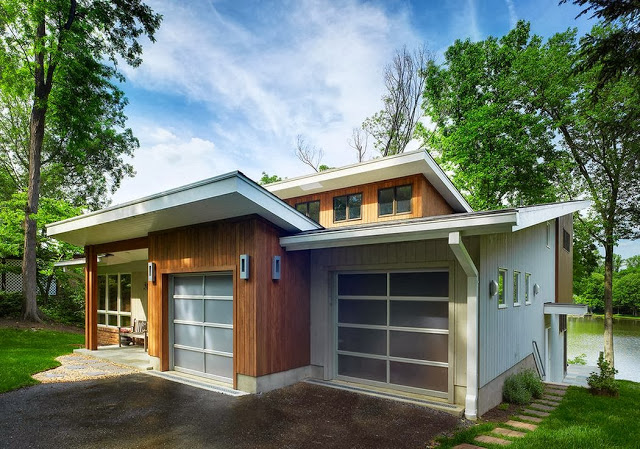 |
| Back split |
Multiple Dwelling
– Very common today with semi detached home and town houses
– Semi detached shares one common wall with the unit next door
– Town house is a row of homes sharing multiple common walls
– Most cost effective for home builders
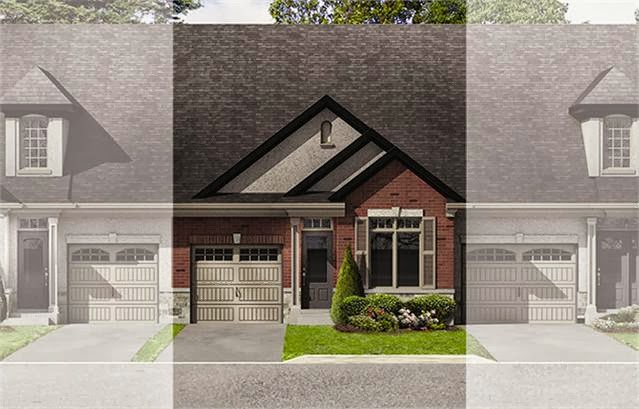 |
| Example of a town house. It shares both walls in this example. via |
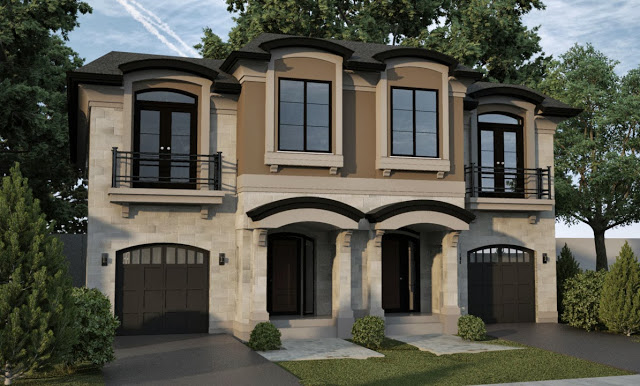 |
| An example of a semi detached. One common wall shared between the two homes. via |
Now, what style home do you live in?
* Information provided via Illustrated Residential and Commercial Construction by Peter A. Mann.
